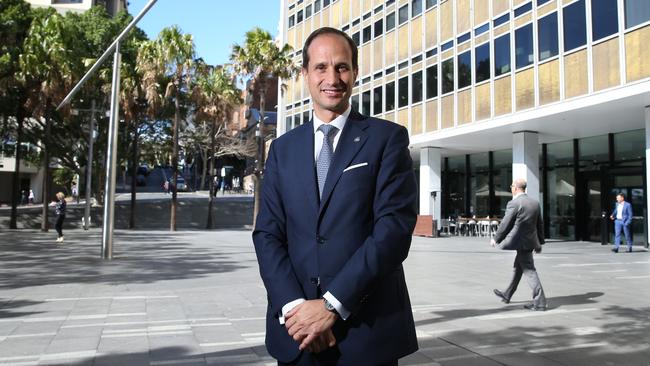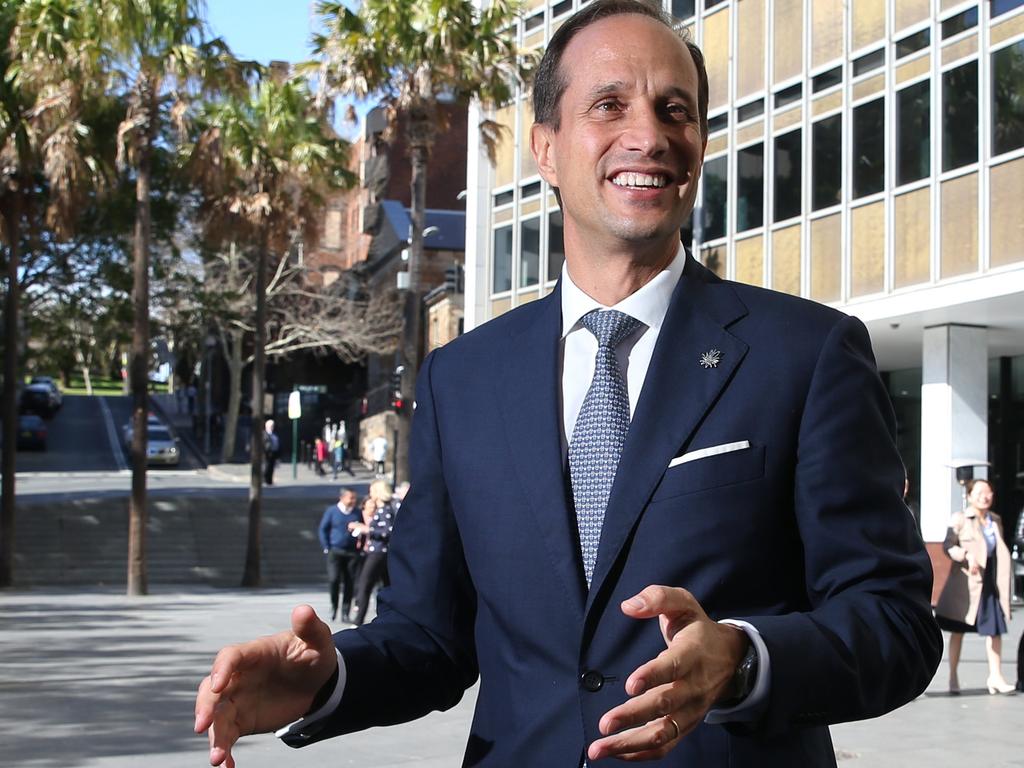AMP dealt first strike at AGM on executive pay
AMP suffers first strike on its remuneration report after attacks on “disproportionately large” incentives paid to executives.

AMP has suffered a first strike on its remuneration report after coming under fire from shareholders and proxy advisers over the “disproportionately large” incentives paid to its executives.
At the company’s virtual annual general meeting on Friday, 67 per cent of proxies voted against the remuneration report. It comes after influential proxy advisers Ownership Matters and ISS recommended shareholders vote against the generous pay packages.
Both proxy advisers last month argued that executive pay was overly generous and performance hurdles not rigorous enough.
If the company receives a second strike next year, it will trigger a board spill under the ‘two-strikes’ rule.
Earlier at the AGM, Mr Murray reassured shareholders that the divestment of AMP Life was on track for completion by June 30, and said they may receive a portion of the wealth manager’s excess capital.
“AMP anticipates that any capital in excess of target surplus post completion (of the AMP Life sale) will first be used to fund delivery of the new strategy.
“Beyond this, AMP will assess all capital management options with the intent of returning the excess above target surplus to shareholders subject to unforeseen circumstances,” he said.
The board would consider current economic and business conditions as it assesses any use of the proceeds from the sale, he added.
AMP in August announced the sale of its life business for $3bn, comprising $2.5m in cash and $500m equity in the Australian business of Resolution Life. The sale is still subject to regulatory approval.
Mr Murray’s comments on AMP Life came hours after the financial services company said it had scrapped plans to offload its New Zealand wealth management business after offers from interested parties failed to meet expectations.
Commenting on the executive remuneration plan, Mr Murray said the generous package was required to attract and retain an executive team that could execute the company’s transformation strategy.
“The 2019 remuneration structure was designed to reflect the scale, complexity and challenges involved in transforming the business … executing an ambitious strategy, separating the life insurance business, completing client remediation and addressing the company’s challenging regulatory and legal matters.
“In our CEO and executives, we have a capable and driven team to deliver our plan. Their awards are substantial, but the hurdles are challenging. For the awards to be realised over the long term, these demanding hurdles must first be achieved, including a significant improvement in business performance and share price,” Mr Murray said.
Using a health analogy, Mr Murray said AMP had suffered multiple complications requiring continuing treatment while preparing for major surgery – the excision of the life business.
“In these circumstances in our private lives we would expect our health costs to rise substantially with specialist treatment and we would want to retain clinicians with best knowledge of our medical history,” he explained.
Taking aim at the two-strike rule, which sees a board spill if more than 25 per cent of shareholders vote against a company’s remuneration report two years in a row, Mr Murray warned it reduced the incentive for companies to “properly invest in specialist care, ultimately leaving the more difficult workouts to the unlisted markets”.
“Put simply, investment in specialist care is expensive.”

AMP chief executive Francesco De Ferrari’s pay package came in at $13.43m last year, buoyed by share rights, options and restricted shares, even as the under-pressure wealth group posted losses of $2.5bn.
Mr De Ferrari’s remuneration for the 12 months ended December 31 included a $2.18m base salary, $1.32m cash bonus, other short-term benefits of $1.71m and almost $8.2m in rights, options, and restricted shares.
Seeking to reassure disgruntled shareholders on the remuneration plan, Mr Murray confirmed there would be no further adjustment to CEO recovery incentive hurdles this year, but it wasn’t enouh to
Commenting on the impact of the coronavirus pandemic, Mr Murray cautioned that policy initiatives on a scale of the 1980s and 1990s looked inevitable to deal with the substantial government debt.
“If policy is directed to higher productivity, we have the opportunity to ‘grow into the debt’ – meaning that the economy grows quickly enough to service it.”
Alternatively, a protectionist approach aimed at “inflating out” the debt, or imposing higher taxes, would see a higher risk that the economy would stagnate similar to the 1970s, he warned.
AMP earlier on Friday scrapped plans to offload its New Zealand wealth management business after offers from interested parties “failed to meet expectations”.
The wealth manager also cited the economic and financial markets disruption caused by the COVID-19 pandemic as a reason for backing away from the divestment plans.
AMP said it would instead retain the business and focus on its development and growth in existing markets.
AMP announced its intention to offload the New Zealand wealth arm last August as part of its reset strategy.
It said it would provide a further update on the business at its first-half results in August.
AMP shares initially jumped as Mr Murray suggested a capital return to shareholders, surging 8 per cent to $1.48, but fell back to $1.42 in early afternoon trade.




